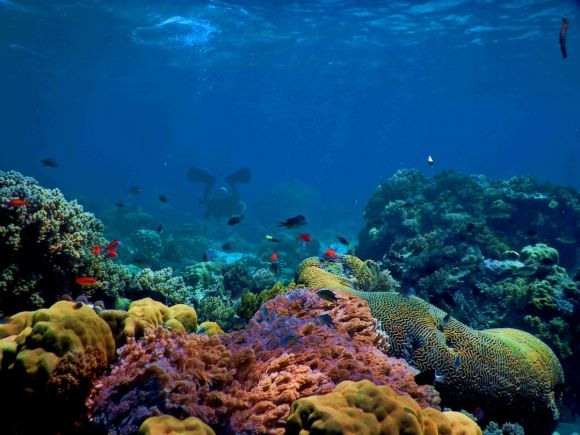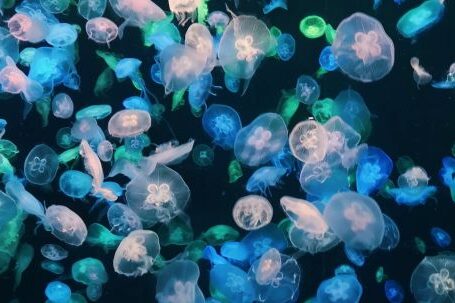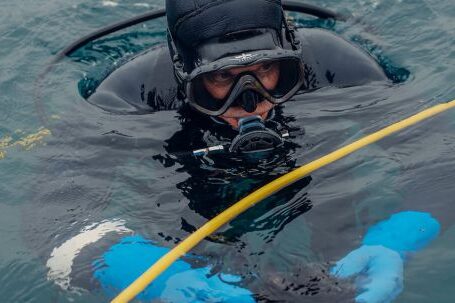The underwater world is a mesmerizing place, teeming with vibrant colors, unique creatures, and breathtaking landscapes. If you’re an avid photographer looking to capture the beauty of the underwater world, wide-angle photography is a technique you must explore. With the ability to capture the expansive underwater landscape in a single frame, wide-angle photography allows you to showcase the vastness and grandeur of the underwater world. In this article, we’ll explore some essential tips and techniques to help you master the art of wide-angle underwater photography.
Choosing the Right Equipment
Before diving into the depths, it’s crucial to ensure you have the right equipment for wide-angle underwater photography. A wide-angle lens, typically ranging from 10mm to 24mm, is a must-have. These lenses allow you to capture a wider field of view, which is essential for capturing the vastness of the underwater landscape. Additionally, invest in a sturdy underwater housing for your camera, as it will protect your gear from water damage and allow you to control your settings underwater.
Mastering Composition
Composition is key when it comes to wide-angle photography. To create visually compelling images, pay attention to the elements within your frame. Incorporate interesting foreground elements, such as corals, rocks, or marine life, to add depth and dimension to your photos. Experiment with different angles and perspectives to create dynamic compositions that draw the viewer’s eye into the frame. Remember, the rule of thirds still applies underwater, so try to position your main subject off-center for a more visually appealing composition.
Utilizing Natural Light
Light plays a crucial role in underwater photography. When shooting wide-angle photos, make the most of natural light to illuminate your subjects and add drama to your images. Shoot during the golden hours, just after sunrise or before sunset, when the light is softer and warmer. During these times, the light penetrates the water at a more favorable angle, resulting in vibrant colors and enhanced visibility. Additionally, be mindful of your positioning in relation to the light source, as it can create stunning silhouettes or beautiful rays of light filtering through the water.
Controlling Exposure
Underwater environments can present unique challenges when it comes to exposure. The water can absorb and scatter light, causing loss of color and contrast in your images. To overcome this, it’s essential to manually adjust your camera’s exposure settings. Use the exposure compensation feature to brighten or darken your images as needed. Additionally, shooting in RAW format allows for more flexibility in post-processing, giving you the ability to recover details and adjust the white balance to achieve accurate colors.
Getting Close to Your Subject
When capturing wide-angle photos underwater, it’s important to get close to your subject to ensure maximum clarity and detail. Water acts as a natural magnifier, so the closer you are to your subject, the clearer and more vibrant it will appear in your photos. However, be mindful not to disturb or damage the delicate marine ecosystem. Respect the marine life and maintain a safe distance to avoid causing harm.
In conclusion, wide-angle photography is a powerful tool for capturing the awe-inspiring beauty of the underwater landscape. By choosing the right equipment, mastering composition, utilizing natural light, controlling exposure, and getting close to your subject, you’ll be well on your way to capturing stunning wide-angle photos that showcase the mesmerizing wonders of the underwater world. So, grab your gear, dive in, and let your creativity flow as you explore the depths and capture the underwater landscape like never before.





